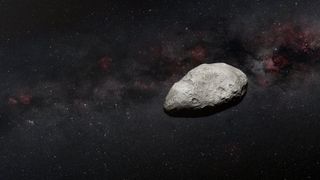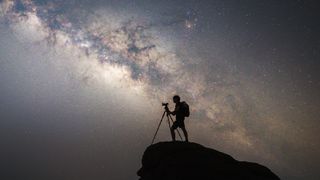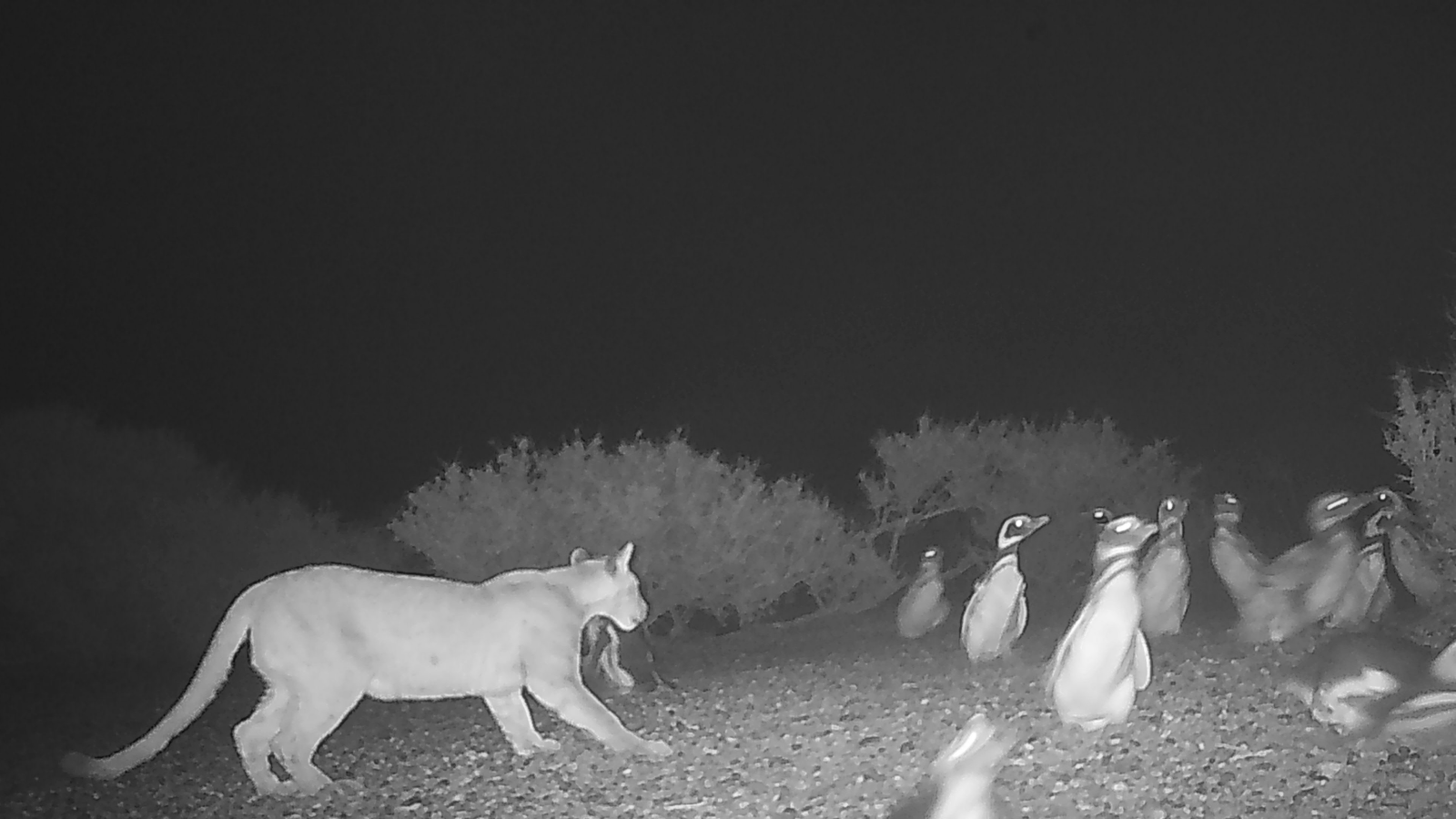Astronomy news, features and articles
Explore Astronomy
Latest about Astronomy
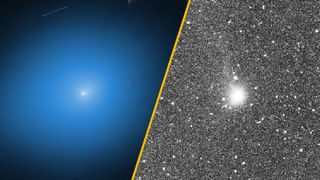
New 3I/ATLAS images show the comet getting active ahead of close encounter with Earth
By Brandon Specktor published
NASA and ESA both shared new images of the interstellar comet 3I/ATLAS this week, as the agencies gear up for the mysterious object's closest approach to Earth on Dec. 19.

Giant sunspot on par with the one that birthed the Carrington Event has appeared on the sun — and it's pointed right at Earth
By Harry Baker published
A massive new sunspot complex, dubbed AR 4294-4296, has emerged on the sun and is facing directly at Earth. The dark patch is on par with the infamous sunspot that birthed the 1859 Carrington Event — but, for now, it's staying quiet.
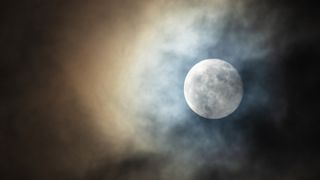
When is the next full moon?
By Jamie Carter last updated
When does the next full moon rise? Find out exactly when to see the full moons of 2025, including the full 'Cold Moon' supermoon in December.
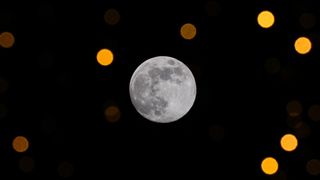
Cold Moon 2025: See the last and highest full moon of the year
By Jamie Carter last updated
The Cold Moon, the 12th and final full moon of 2025, rose on Thursday (Dec. 4) but will still appear bright and full on Friday (Dec. 5)
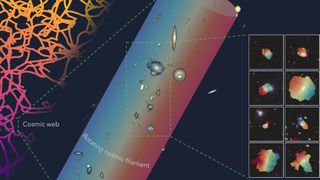
Giant rotating string of galaxies is 'probably the largest spinning object' in the known universe
By Joanna Thompson published
A giant rotating filament of the cosmic web may be the largest spinning structure ever seen, and could help reveal how galaxies form.
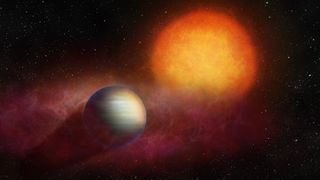
JWST spots a planet chasing its own atmosphere through space
By Elizabeth Howell published
New James Webb telescope observations of the 'super-puff' planet WASP-107b show that the exoplanet's runaway atmosphere is frantically escaping into space.
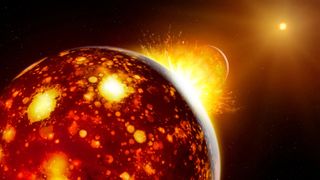
Earth had a secret neighbor, and it may explain our moon
By Sharmila Kuthunur published
Earth may have a moon today because a nearby neighbor once crashed into us, a new analysis of Apollo samples and terrestrial rocks reveals.

See the last Supermoon of the year with these Cyber Monday skywatching deals
By Kimberley Lane published
Deals The Cold Moon will be lighting up the sky on December 4, and it's the last supermoon of the year — shop the best skywatching deals, including Celestron's special edition 'Moon Mission' lineup.
Get the world’s most fascinating discoveries delivered straight to your inbox.


